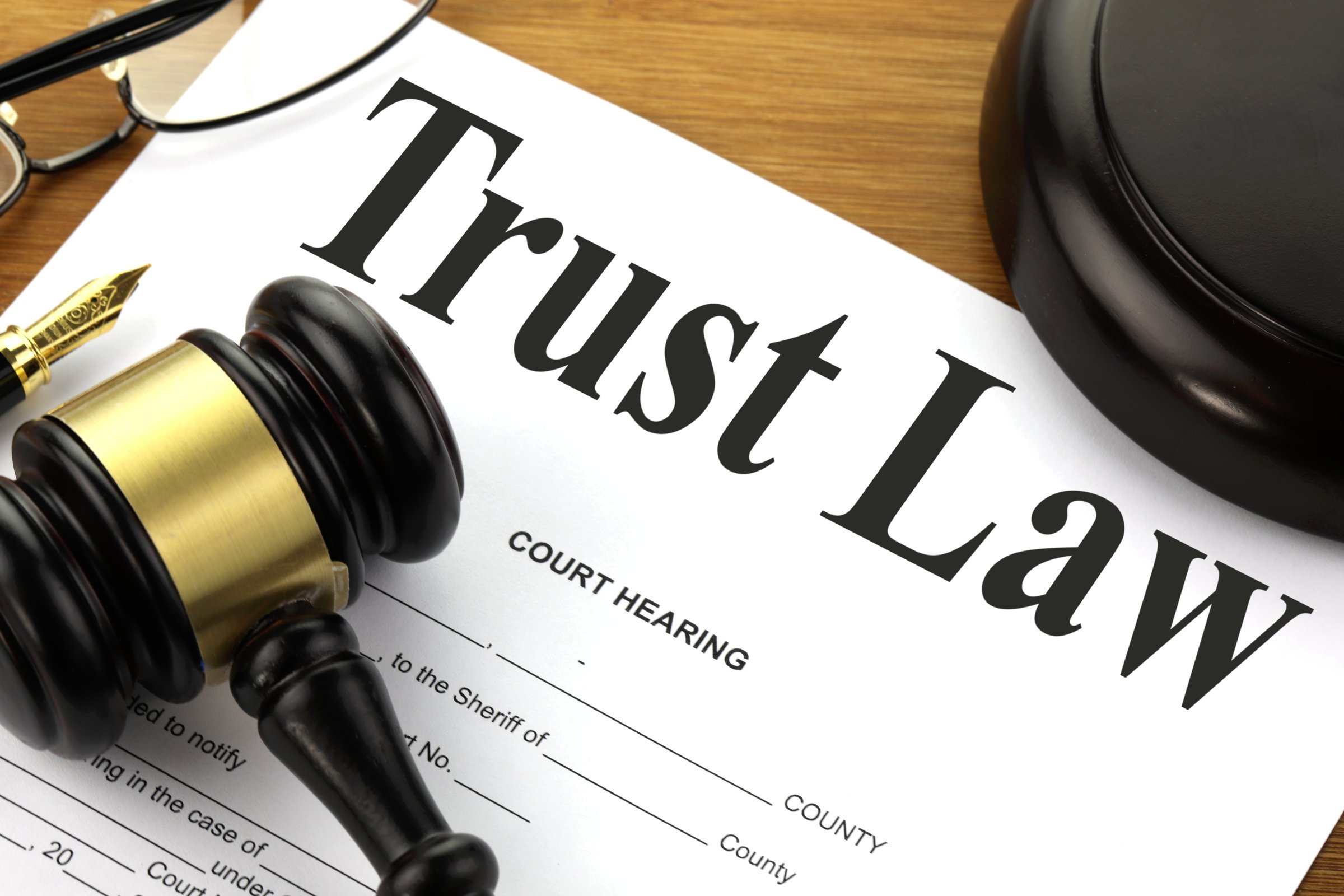What is a Trust?
A trust is a legal arrangement in which a person or entity (the grantor) transfers ownership of their assets to another person or entity (the trustee) to hold and manage for the benefit of a third party (the beneficiary)
There are several elements that are typically present in a trust arrangement:
- Grantor: Creates the Trust and sets the terms
- Trust property: Property held within a trust, such as real estate, stocks, or personal property.
- Trustee: The trustee is the person or entity that holds legal title to the trust property and is responsible for managing it for the benefit of the beneficiary.
- Beneficiary: A person or entity entitled to receive the benefits of the trust property, such as income or the use of the property.
- Purpose of the trust: The trust must have a specific purpose, such as providing for the care of a minor child or managing assets for a disabled individual.
- Trust document: A written document, called a “trust instrument,” which outlines the terms of the trust and specifies the rights and responsibilities of the trustee and beneficiary.
Property being conveyed from one party to another
Alice is the owner of a vacation home in the mountains. She wants to make sure that her children will be able to use the vacation home after she is gone, but she also wants to ensure that the property is managed responsibly. To accomplish this, Alice creates a trust and transfers the ownership of the vacation home to the trust.
Alice names her oldest son, Bob, as the trustee of the trust. Bob will be responsible for managing the vacation home and making sure that it is well-maintained. Alice also names her children, Bob, Carol, and Dave, as the beneficiaries of the trust. This means that they will be entitled to use the vacation home whenever they want.
To transfer the ownership of the vacation home to the trust, Alice executes a deed conveying the property to Bob as the trustee of the trust. From that point on, Bob holds legal title to the property on behalf of the trust, and the trust owns the property, rather than Alice.
When Alice passes away, the trust will continue to own the vacation home and Bob will continue to manage it for the benefit of his siblings. When the purpose of the trust has been achieved (i.e., Alice’s children have all passed away or the trust is otherwise terminated), the trust property (in this case, the vacation home) will be distributed to the beneficiaries according to the terms of the trust.
The Grantor has a Capital Interest in the trust. The Trustee has a Controlling Interest in the trust. The Beneficiary has an Equitable (Beneficial) Interest in the trust.
The Certificate
To express the interest the trustee will issue two types of certificates, one is a certificate of beneficial interest showing equitable interest in the property which goes to the beneficiary. The trustee will also issue a certificate of capital interest which is the grantor’s certificate showing a controlling interest in the property and the trustee under the indentures of the trust (the trust contract). The trustee is serving as the legal title holder because the trustee controls the property and distributes any benefits or equity to the beneficiary.
Note: The same entity cannot hold both legal and equitable title. If the same entity holds both legal and equitable title then it is not a trust. For it to be a trust an entity must hold either one or the other.(for more information on Legal and Equitable titles see sperate post)
Everything is based on a Trust
As mentioned, a trust is created when one party (the grantor) entrusts a property or asset to another party (the trustee) to be held and managed for the benefit of a third party (the beneficiary).
But let’s change the dynamics a little bit here to give you a broader understanding of how a trust agreement relationship works in our everyday dealings.
Let’s say that you have a child and your child hasn’t cleaned their room for whatever reasons after being told multiple times. So instead you come up with the idea of rewarding your child if they clean their room. Without you realising, a trust had been created between you and your child.
Let’s take a look at this further.
In this example, you (the grantor) created the trust by offering to take your child (the beneficiary) to the park and buy them ice cream in exchange for them cleaning their bedroom. You (the trustee) are responsible for ensuring that the terms of the trust are carried out and that the child is fulfilling their end of the agreement by cleaning their bedroom. The child (the beneficiary) receives the benefit of the trust by being able to go to the park and have ice cream.
Did you notice the different parties within the agreement?
- The Grantor: Parent
- The Trustee: Parent
- The Beneficiary: Child
- The Property: The Ice Cream
“Everything in our dealings amounts to a Trust. We just need to understand our roles and what titles we have within the trust agreement”
Question?
Who do you think is the grantor of your birth Certificate trust?


I was pretty pleased to discover this web site. I want to to thank you for your time for this fantastic read!! I definitely really liked every bit of it and I have you book marked to see new things on your web site.